Forest Green
ACCESS: Above Top Secret
- Joined
- 11 June 2019
- Messages
- 9,518
- Reaction score
- 17,436
Seems that it topolled over.
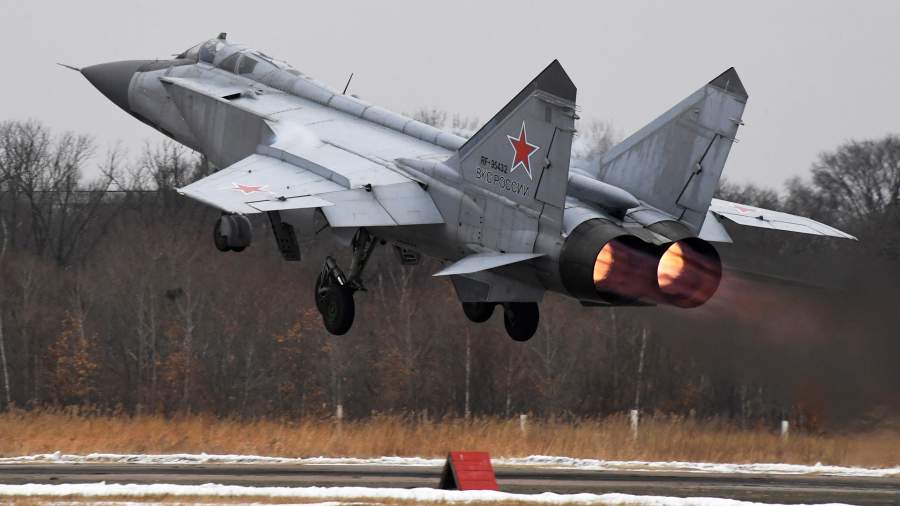

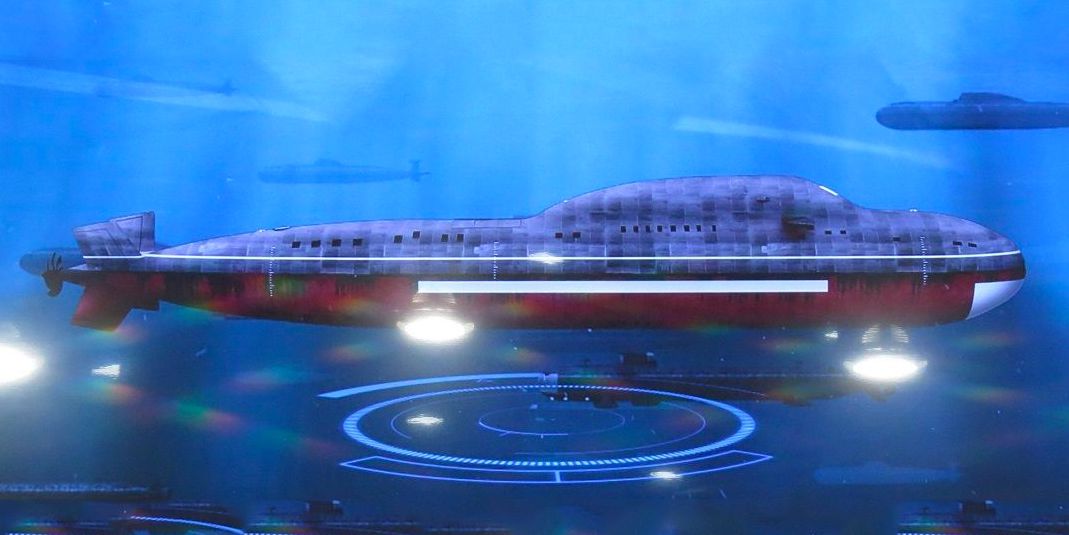

Russia Unveils Laika, Its Next-Gen Nuclear Attack Submarine
It looks like an exotic sea creature.www.popularmechanics.com
Can we stop posting outdated shitty rewritings of old news when we have H I Sutton onboard? this is not Laika on rendering to start with. Neither it belongs to nuclear triad.
Russia Unveils Laika, Its Next-Gen Nuclear Attack Submarine
It looks like an exotic sea creature.www.popularmechanics.com
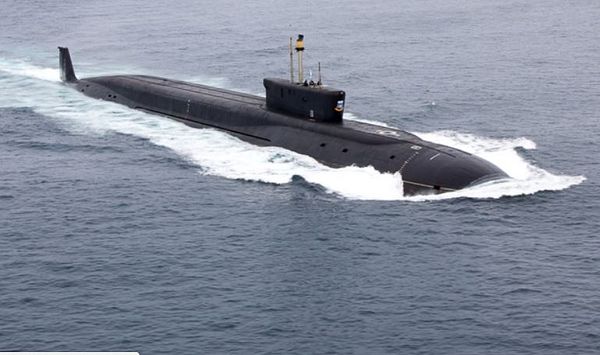
They seem to be very confident that the Barguzin program has been cancelled outright rather than just shelved. That may be a very dangerous assumption indeed.

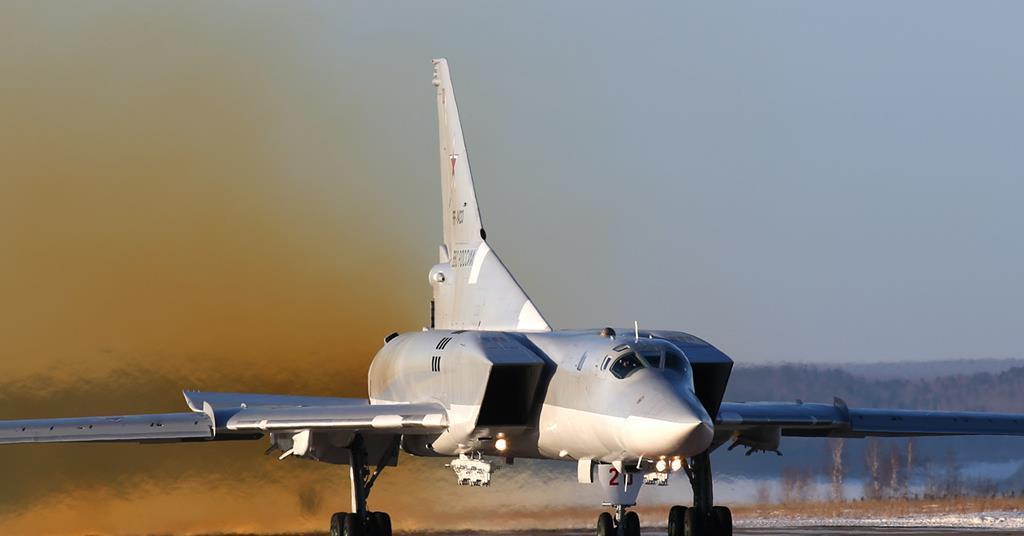
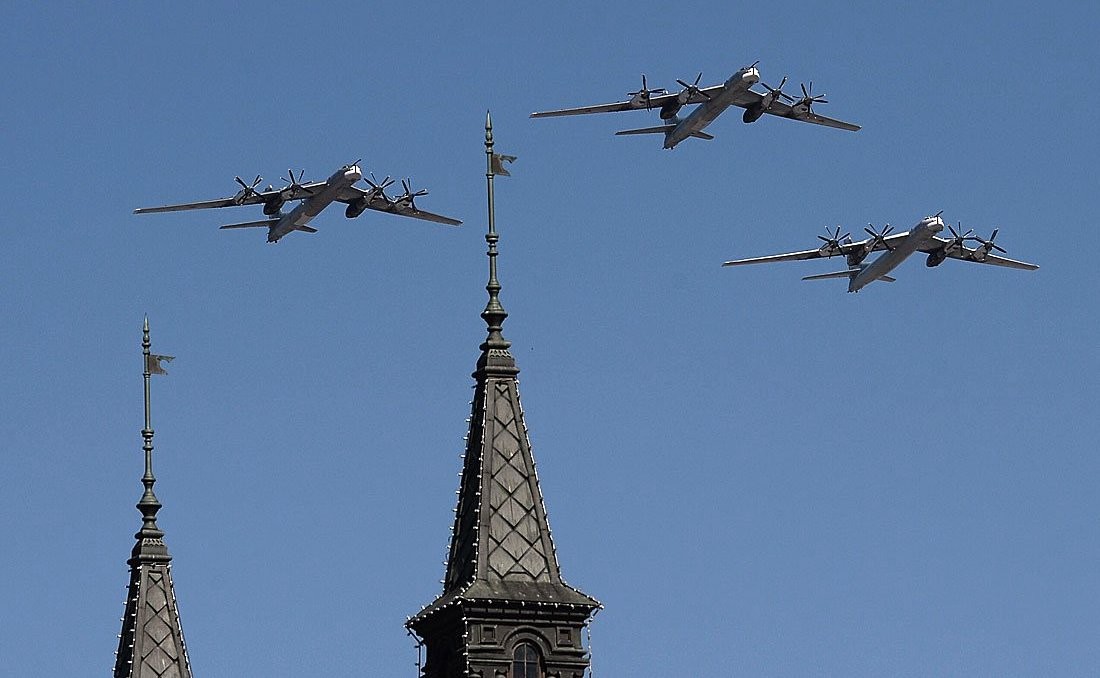
Avangard uses UR-100Ns, Barguzin would likely use RS-24 Yars. There is no way even the Russians would put a liquid-fueled booster like the UR-100N on a rail-car. It was likely canceled because the infrastructure (bases) isn't available anymore and would have to be built from scratch (expensive). Better to just build more road-mobiles where the infrastructure is already available.As I understand it, Barguzin was temporarily shelved because they needed the missiles originally allocated for it as boosters for Avangard in order to speed up introduction of that system, which is considered even more high priority.

Avangard is a HGV not an RV. There is a difference. As far as we know it has only ever been tested from UR-100N (liquid-fueled) boosters and only the (liquid-fueled) Sarmat will likely carry it as well. You can't just put an HGV on any booster and expect it to work. HGVs require specific insertion trajectories that not all boosters are capable off. Until we see an Avangard being tested on a Yars, its nothing more than a paper concept.Avangard is an RV, so it can probably be used by many missiles. The RS-28 Sarmat is said to carry up to 5 (or 15 normal ballistic RVs).
Avangard is a HGV not an RV. There is a difference. As far as we know it has only ever been tested from UR-100N (liquid-fueled) boosters and only the (liquid-fueled) Sarmat will likely carry it as well. You can't just put an HGV on any booster and expect it to work. HGVs require specific insertion trajectories that not all boosters are capable off. Until we see an Avangard being tested on a Yars, its nothing more than a paper concept.
The information stated for Sarmat was from RT.Avangard is a HGV not an RV. There is a difference. As far as we know it has only ever been tested from UR-100N (liquid-fueled) boosters and only the (liquid-fueled) Sarmat will likely carry it as well. You can't just put an HGV on any booster and expect it to work. HGVs require specific insertion trajectories that not all boosters are capable off. Until we see an Avangard being tested on a Yars, its nothing more than a paper concept.

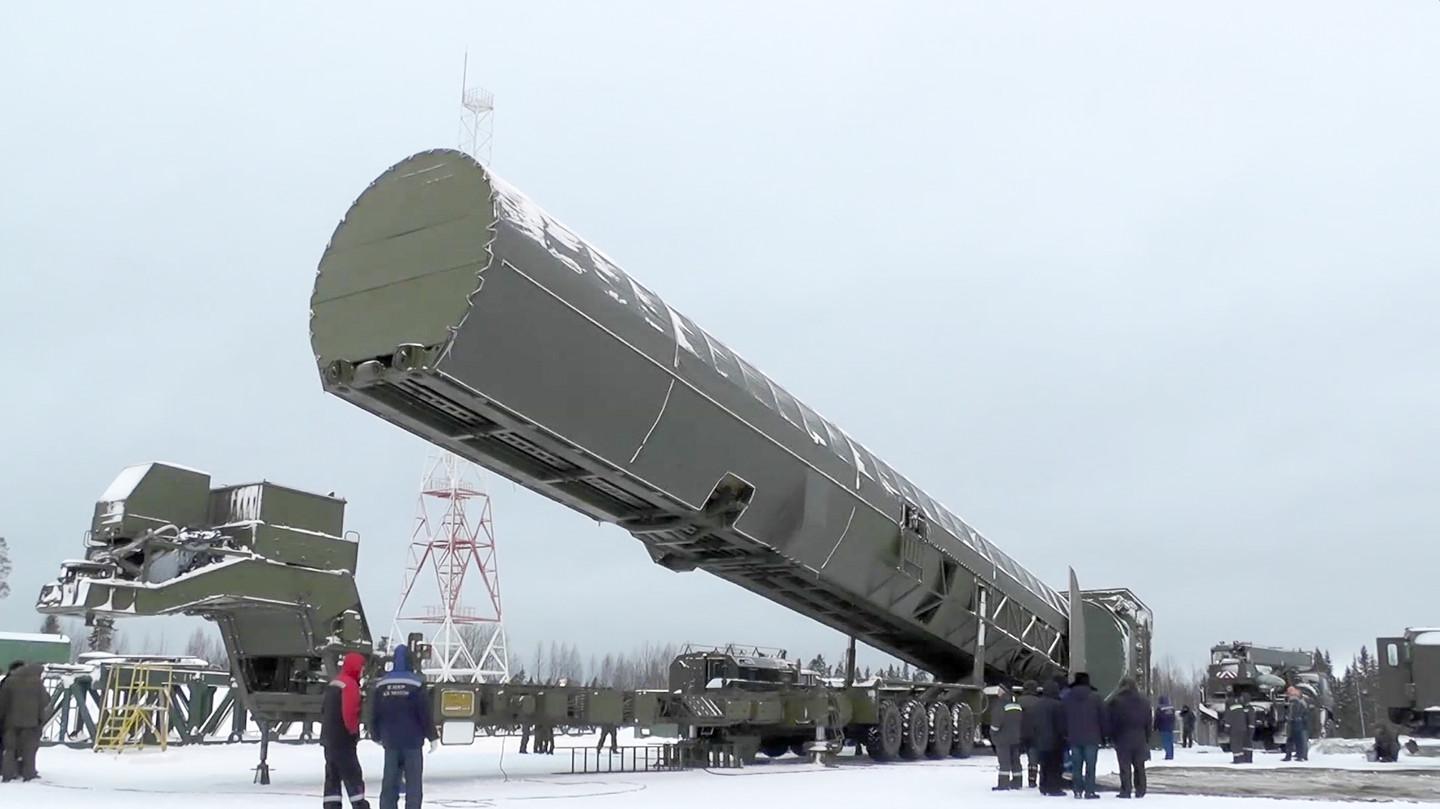






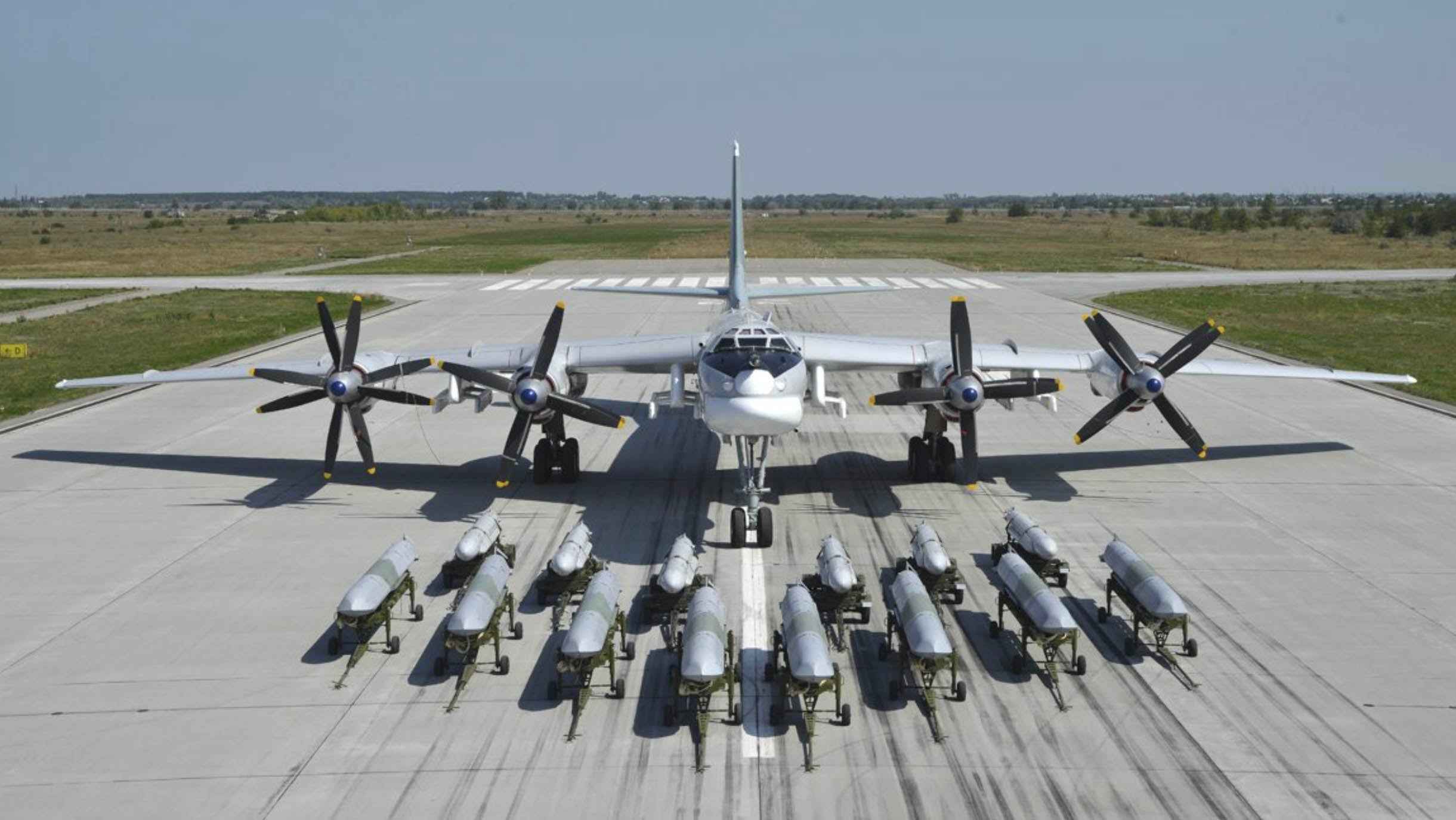
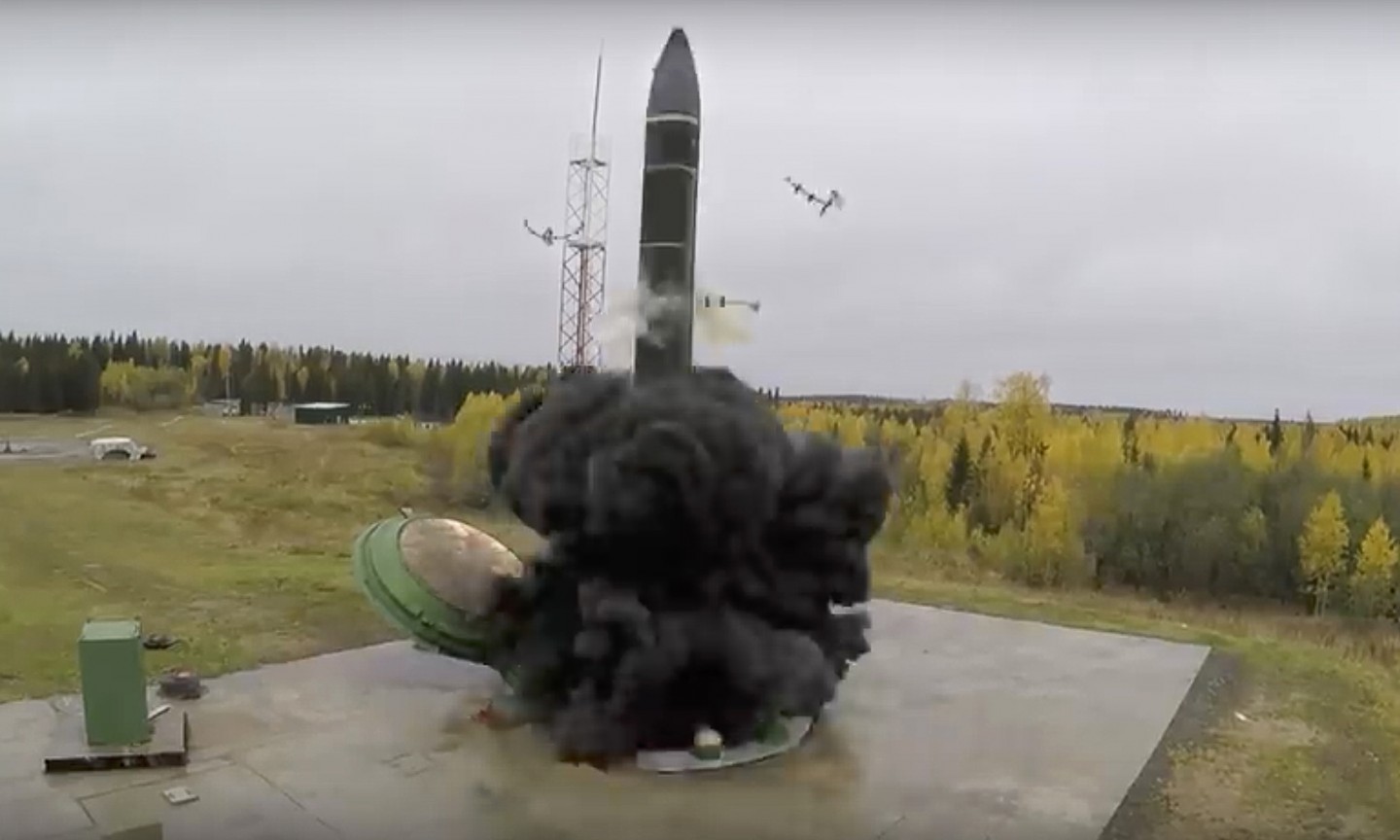
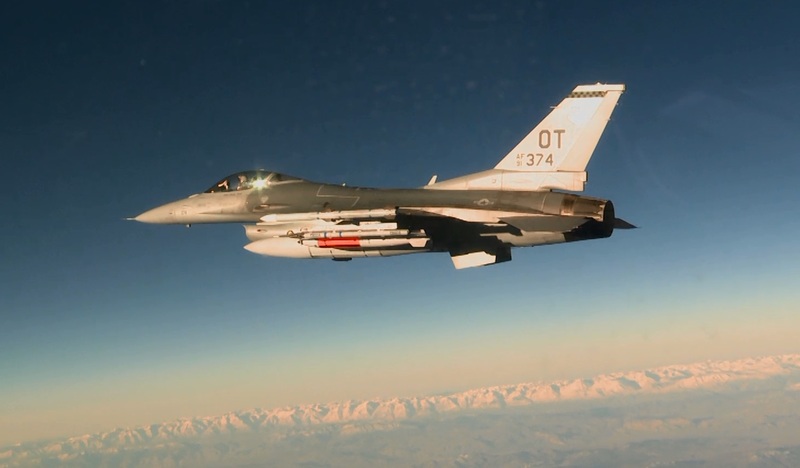
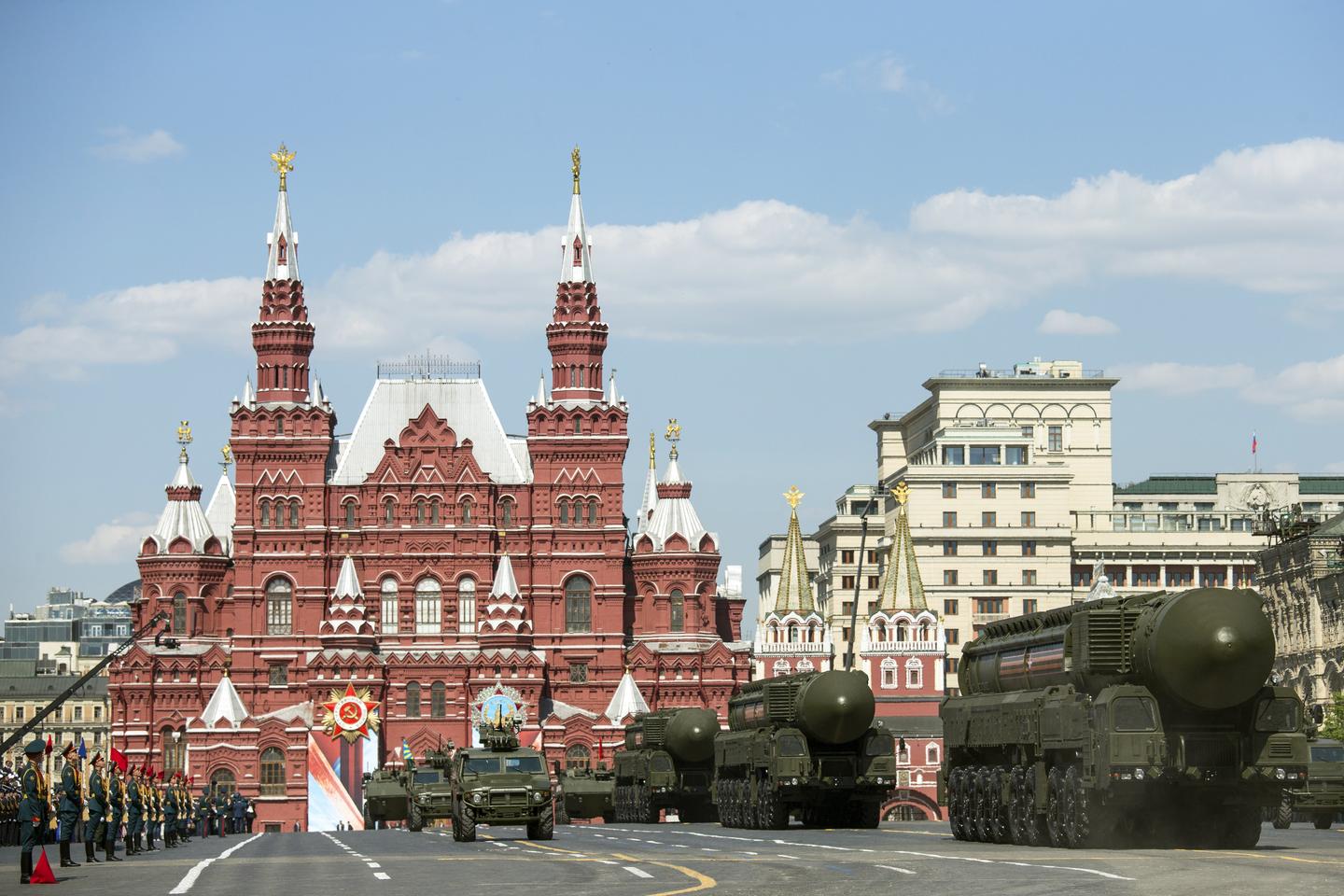
Making a news out of asshole.Making a news out of nothing.
